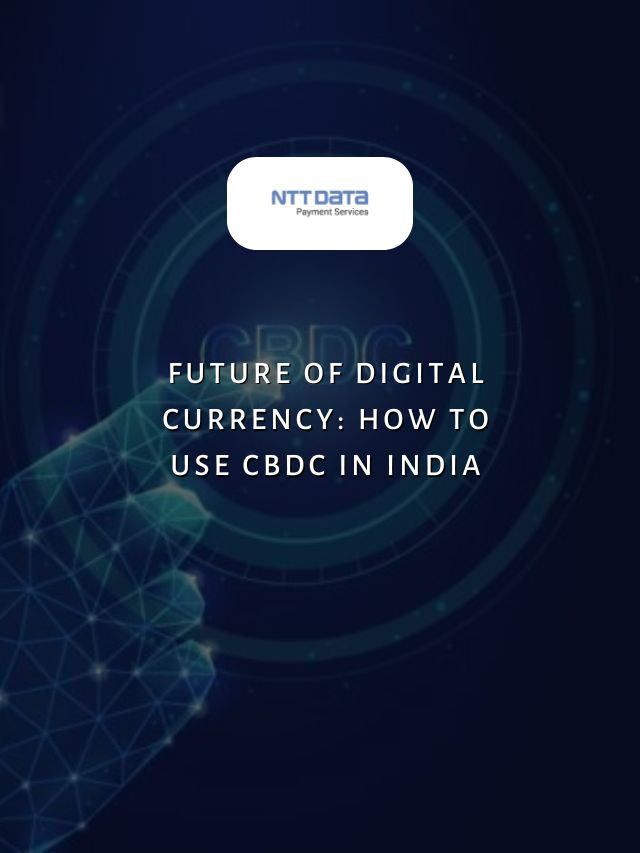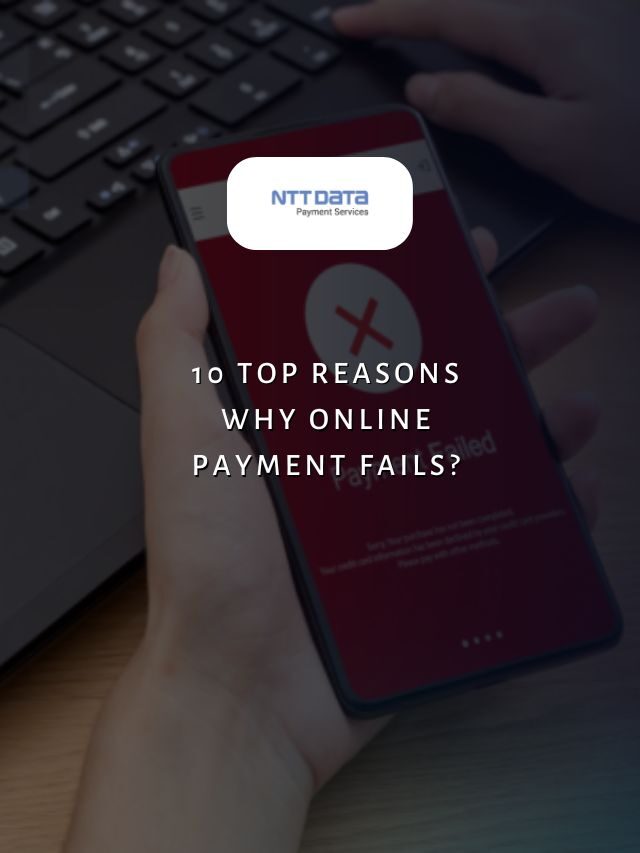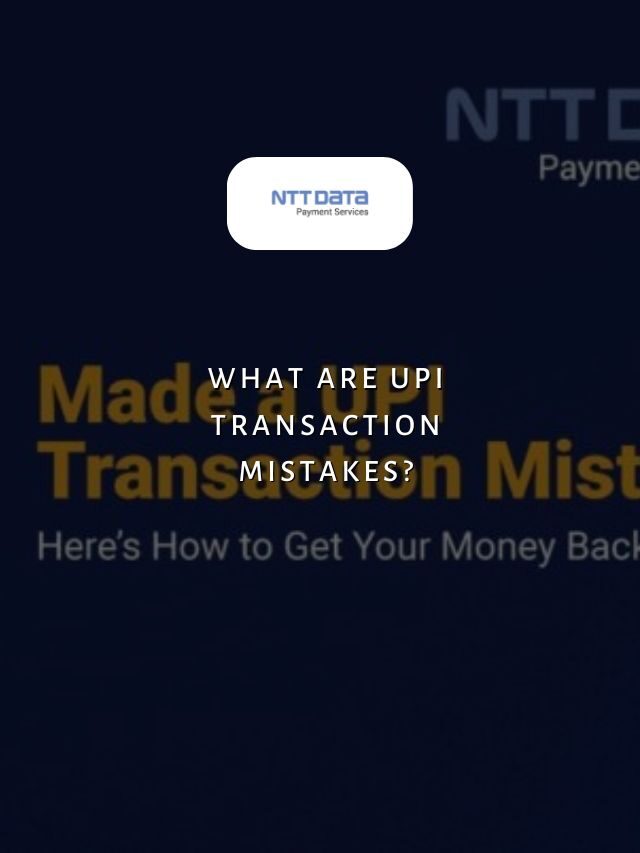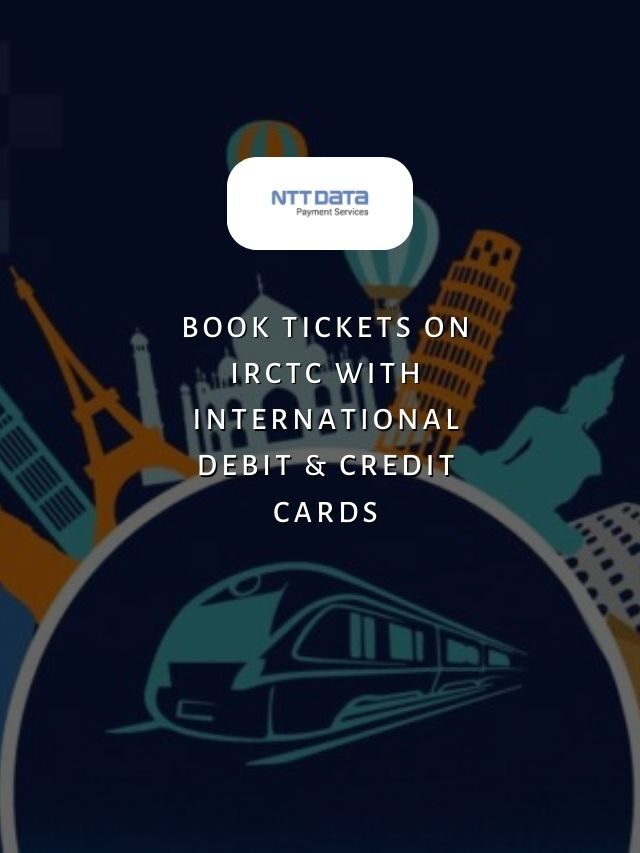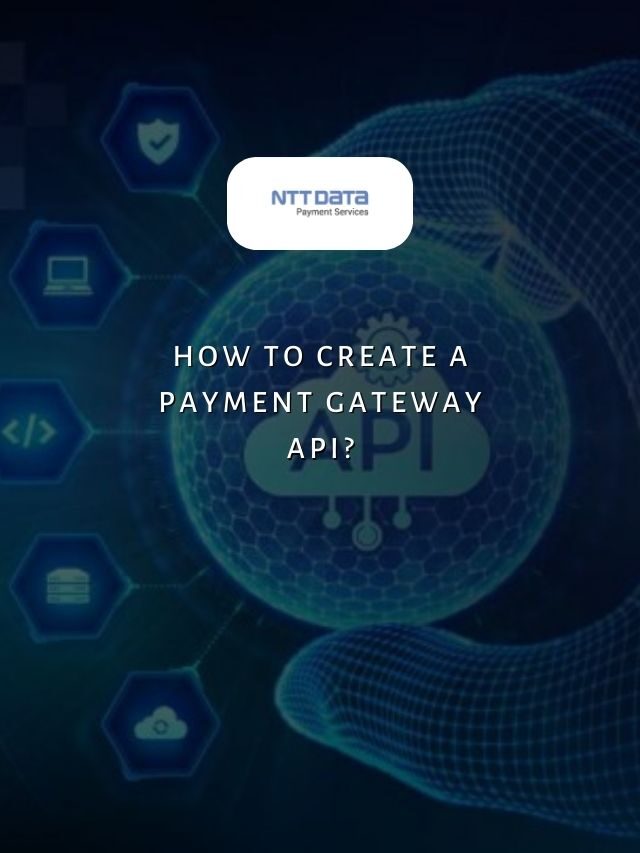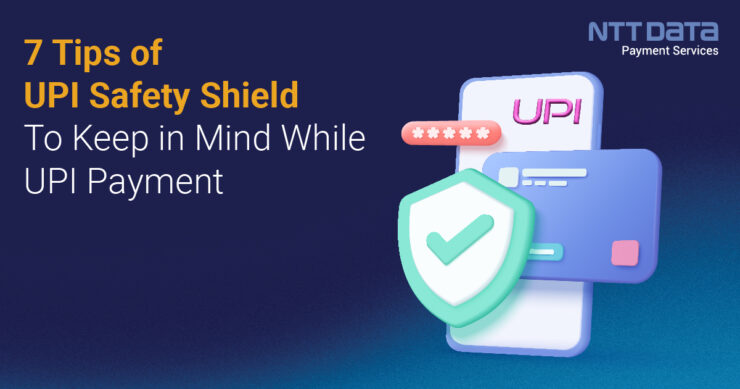
Table of Contents
- 1 Understanding UPI Payment Safety
- 2 Recent Web Stories
- 3 What is UPI Payment?
- 4 7 Tips to UPI Safety Shield Your UPI Payments
- 5 Perks of Using Safe UPI Payments
- 6 Secure your UPI Payments with NTT DATA Payment Services
- 7 Build Your Digital Defense with these UPI Safety Tips
- 8 Frequently Asked Questions (FAQs)
Unified Payments Interface, or UPI, has revolutionised digital payments in India by providing users with a simple and secure way to transfer funds instantly between bank accounts. The past year saw a meteoric rise in UPI adoption, with monthly transactions growing over 50% year-on-year to reach 3.6 billion in October 2022. Several factors have contributed to this exponential growth.
Given the platform’s rapid growth, let’s discuss the importance of security practices for UPI payments in India under NPCI’s UPI safety shield, which aims to enhance user transaction security. The 7 tips highlighted include enabling a mandatory UPI PIN for transactions linking the correct mobile number, avoiding phishing links, and 4 other ways to shield your UPI payments.
Understanding UPI Payment Safety
Launched in 2016 by the National Payments Corporation of India (NPCI), UPI processed over 22.7 billion transactions worth $768 billion in FY23. This makes UPI the most popular payment method globally, with over 300 million users in the country, as per NPCI data.
As per a recent RBI report, UPI witnessed a 70% jump in fraudulent transactions last year, with losses amounting to Rs. 100 crore. While NPCI and banks are continuously strengthening platforms’ security infrastructure, it is equally important for end-users to implement basic safety measures to protect themselves from evolving online threats.
With the rapid growth of UPI payments in India, the safety and security of transactions have become a priority. The National Payments Corporation of India (NPCI) has introduced the UPI safety shield feature to help users transact securely on UPI.
Recent Web Stories
What is UPI Payment?
UPI is an instant real-time payment system developed by NPCI that allows money transfers between two bank accounts on a mobile platform. It provides a simple, safe, and easy interface for users to make round-the-clock payments directly from their bank account.
7 Tips to UPI Safety Shield Your UPI Payments
Here are the 7 important tips that every UPI user should follow to protect themselves and strengthen their digital UPI Safety Shield.
1. Enable UPI PIN
Setting a UPI PIN is mandatory to authorise transactions. Do not share your UPI PIN with anyone. One of the easiest ways cybercriminals access user accounts is by guessing weak passwords. When setting up your UPI PIN, avoid using obvious numbers like your date of birth or parts of your phone number.
Opt for a random 6-digit number combination that is difficult to guess. Similarly, set a strong password for your bank account and regularly update it. Make your passwords longer by combining letters, numbers, and symbols. Avoid using the same password across multiple accounts and applications.
2. Enable Additional Layers of Security
Most banks offer additional security layers for online transactions like OTPs, debit card locks, transaction limits, and geo-tagging. Link the mobile number you actively use so that one-time passwords (OTPs) are received for approval during transactions.
You can also set lower daily transaction limits for online payments and enable OTP authentication for high-value transfers. These measures create additional friction for fraudsters from hampering your regular payments.
3. Beware of Phishing Links
Never click links or install apps from unknown sources, as they could steal account credentials and redirect to fake websites. Phishing scams increasingly target UPI users via SMS, email, and social media.
Cybercriminals trick victims into clicking on fraudulent links and sharing confidential details like UPI PINs, one-time passwords (OTPs), and account credentials. Never click on links or attachments in doubtful emails and SMSes, and avoid sharing sensitive details online. Verify any messages directly with your bank before acting on them.
4. Review Transaction Details Regularly
Regularly logging into your bank account and checking transaction details is crucial to your UPI Safety Shield. Carefully review all debits from your account for unauthorised or failed transactions you do not recognise. This helps catch fraud attempts early.
Some banks even send transaction alerts, ensuring that this feature is activated. Dispute any fraudulent transactions immediately by contacting your bank. Always verify the beneficiary name, amount, and other transaction details before approving payments. Don’t rely on SMS previews alone.
5. Report suspicious activity
Inform your bank immediately if you notice unauthorised or failed transactions on your account. Banks can then block misuse. If spotted early, banks can take swift action to stop further misuse of users’ accounts and funds.
You must mention the suspicious activity along with the date/time and transaction details for the bank to initiate an investigation. Banks may also advise temporary freezing of the account as a security measure. Early reporting improves the chances of tracing fraudulent transactions and preventing financial losses.
6. Use official UPI apps
With the rise in UPI frauds, fraudsters have created numerous fake apps and web links masquerading as popular UPI services like Paytm, Google Pay, and PhonePe. Before downloading new payment apps, check the developer details and read user reviews carefully. Only download apps from official app stores.
Similarly, double-check URLs before entering sensitive details on any site. Look out for slight spelling mistakes in web addresses. Stick to trusted UPI apps from NPCI like BHIM, Paytm, Google Pay, etc. for safe transactions. Avoid unknown third-party apps.
7. Enable UPI Safety Features & alerts from Banks
Many banks have introduced additional safety features specifically for UPI to help users protect themselves from fraud. For instance, ICICI Bank allows blocking individual UPI IDs from their mobile banking app. HDFC Bank provides a ‘My Account’ dashboard to get alerts on unauthorised login attempts.
Avail of such value-added safety services offered by your bank. You can also contact customer support to report any fraud attempts for necessary action. Turning on SMS and email alerts helps track payments. Review alerts regularly and report issues as soon as possible.
Perks of Using Safe UPI Payments
- Convenience: With UPI, you can pay anyone instantly just by using their VPA or scanning a QR code. There is no need to enter lengthy bank details every time you make payments.
- Accessibility: UPI works on any device, smartphone, or feature phone. The reach of digital payments has expanded to smaller cities/towns.
- Security: Two-factor authentication with UPI PIN adds an extra layer of safety compared to other modes.
- Affordability: UPI is available at zero cost for basic transactions. Merchant discount rates are lower than cards.
- Transparency: Real-time notifications keep payers informed of status updates. Payment details are recorded for future reference or disputes.
- Flexibility: UPI supports person-to-person, person-to-merchant, and recurring payments. Also enables cashback, offers, and bill payments.
Secure your UPI Payments with NTT DATA Payment Services
At NTT DATA Payment Services, our mission is to enable safe, secure, and hassle-free digital payments by providing customised payment solutions to businesses. We leverage the latest technologies like artificial intelligence, machine learning, and blockchain to stay ahead of fraudsters and protect our over 6 million merchants from online fraud risks.
NTT DATA Payment Services offers a complete payment solution to advance both your offline and online businesses from,
- Online Payment Gateway
- POS machines
- IVR payments
- Mobile applications, and
- Bharat QR Scan and Pay
We ensure maximum comfort, convenience, and safety for all your payments.
Build Your Digital Defense with these UPI Safety Tips
Following these UPI Safety Shield best practices can help users transact confidently and prevent financial fraud in the digital payments ecosystem. With simple precautions like using strong log-in credentials, reviewing transactions regularly, and enabling available safety tools, you can effectively shield yourself from rising UPI fraud.
Together, let us make digital transactions safer for one and all. Stay protected, prevent fraud, and strengthen your UPI Safety Shield with these tips!
| Also, you can get frequent updates on nttdatapayments Instagram page. |
Frequently Asked Questions (FAQs)
- What is a UPI safety shield?
UPI Safety Shield refers to the security features introduced by NPCI to safeguard users on the UPI payments platform. It includes the following:
- Enabling UPI PIN
- Additional Security Layers
- Beware of Phishing Links
- Review Transitional Details
- Report Suspicious Activity
- Use Official UPI Apps
- Enable UPI Safety Features
- What is the full form of UPI?
The full form of UPI is the Unified Payments Interface. It is an instant real-time payment system developed by NPCI that facilitates transactions between bank accounts in India.
- What are the risks of UPI payment?
Some key risks of UPI payments include
- phishing scams
- SIM swap frauds
- transaction disputes
Following secure practices under the UPI safety shield can help mitigate these risks.
- Are UPI transactions secure?
Yes, UPI implements robust security features like encryption, UPI PIN, OTPs, etc. However, one must also follow best practices and be vigilant against potential fraud.
- What is the importance of the UPI safety shield?
UPI Safety Shield aims to protect users from financial fraud on the growing UPI payments platform. Adopting its security best practices is important for users to transact safely.

